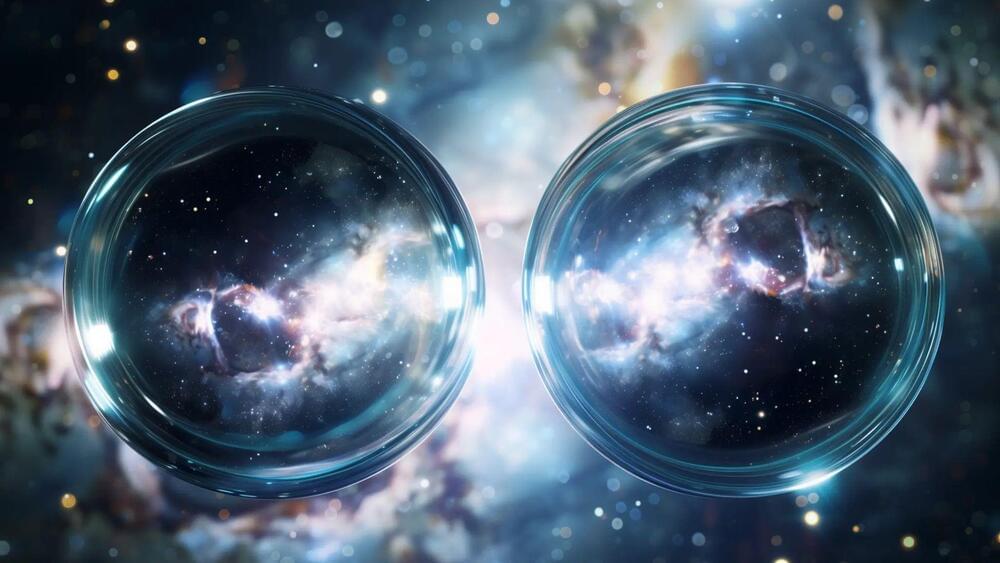The streaming audio giant’s suite of recommendation tools has grown over the years: Spotify Home feed, Discover Weekly, Blend, Daylist, and Made for You Mixes. And in recent years, there have been signs that it is working. According to data released by Spotify at its 2022 Investor Day, artist discoveries every month on Spotify had reached 22 billion, up from 10 billion in 2018, “and we’re nowhere near done,” the company stated at that time.
Over the past decade or more, Spotify has been investing in AI and, in particular, in machine learning. Its recently launched AI DJ may be its biggest bet yet that technology will allow subscribers to better personalize listening sessions and discover new music. The AI DJ mimics the vibe of radio by announcing the names of songs and lead-in to tracks, something aimed in part to help ease listeners into extending out of their comfort zones. An existing pain point for AI algorithms — which can be excellent at giving listeners what it knows they already like — is anticipating when you want to break out of that comfort zone.








